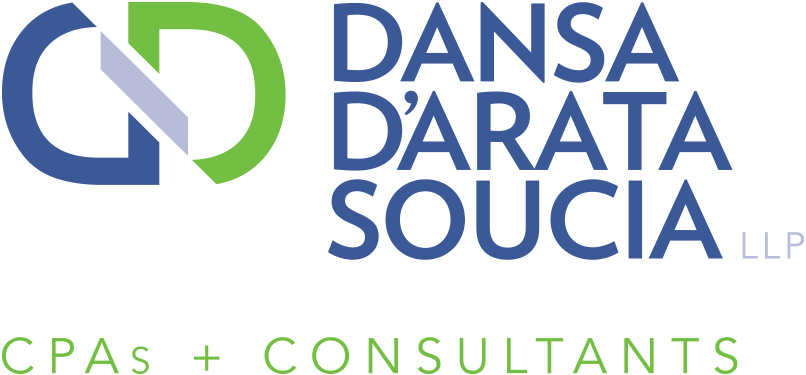Find the right path forward with KPIs
 From the baseball field to the boardroom, statistical analysis has changed various industries nationwide. With proper preparation and guidance, business owners can have at their fingertips a wealth of stats-based insight into how their companies are performing — far beyond the bottom line on an income statement.
From the baseball field to the boardroom, statistical analysis has changed various industries nationwide. With proper preparation and guidance, business owners can have at their fingertips a wealth of stats-based insight into how their companies are performing — far beyond the bottom line on an income statement.
The metrics in question are commonly referred to as key performance indicators (KPIs). These formula-based measurements reveal the trends underlying a company’s operations. And seeing those trends can help you find the right path forward and give you fair warning when you’re headed in the wrong direction.
Getting started
A good place to start is with some of the KPIs that apply to most businesses. For example, take current ratio (current assets / current liabilities). It can help you determine your capacity to meet your short-term liabilities with cash and other relatively liquid assets.
Another KPI to regularly calculate is working capital turnover ratio (revenue / average working capital). Many companies struggle with temperamental cash flows that can wax and wane based on buying trends or seasonal fluctuations. This ratio shows the amount of revenue supported by each dollar of net working capital used.
Debt is also an issue for many businesses. You can monitor your debt-to-equity (total debt / net worth) ratio to measure your degree of leverage. The higher the ratio, the greater the risk that creditors are assuming and the tougher it may be to obtain financing.
Choosing wisely
There are many other KPIs we could discuss. The exact ones you should look at depend on the size of your company and the nature of its work. Please contact our firm for help choosing the right KPIs and calculating them accurately.
© 2017


 At back-to-school time, much of the focus is on the students returning to the classroom — and on their parents buying them school supplies, backpacks, clothes, etc., for the new school year. But let’s not forget about the teachers. It’s common for teachers to pay for some classroom supplies out of pocket, and the tax code provides a special break that makes it a little easier for these educators to deduct some of their expenses.
At back-to-school time, much of the focus is on the students returning to the classroom — and on their parents buying them school supplies, backpacks, clothes, etc., for the new school year. But let’s not forget about the teachers. It’s common for teachers to pay for some classroom supplies out of pocket, and the tax code provides a special break that makes it a little easier for these educators to deduct some of their expenses. Converting a traditional IRA to a Roth IRA can provide tax-free growth and the ability to withdraw funds tax-free in retirement. But what if you convert a traditional IRA — subject to income taxes on all earnings and deductible contributions — and then discover that you would have been better off if you hadn’t converted it? Fortunately, it’s possible to undo a Roth IRA conversion, using a “recharacterization.”
Converting a traditional IRA to a Roth IRA can provide tax-free growth and the ability to withdraw funds tax-free in retirement. But what if you convert a traditional IRA — subject to income taxes on all earnings and deductible contributions — and then discover that you would have been better off if you hadn’t converted it? Fortunately, it’s possible to undo a Roth IRA conversion, using a “recharacterization.”


 Is business going so well that you’re thinking about adding another location? If this is the case, congratulations! But before you start planning the ribbon-cutting ceremony, take a step back and ask yourself some tough questions about whether a new location will grow your company — or stretch it too thin. Here are four to get you started:
Is business going so well that you’re thinking about adding another location? If this is the case, congratulations! But before you start planning the ribbon-cutting ceremony, take a step back and ask yourself some tough questions about whether a new location will grow your company — or stretch it too thin. Here are four to get you started: Now that Affordable Care Act (ACA) repeal and replacement efforts appear to have collapsed, at least for the time being, it’s a good time for a refresher on the tax penalty the ACA imposes on individuals who fail to have “minimum essential” health insurance coverage for any month of the year. This requirement is commonly called the “individual mandate.”
Now that Affordable Care Act (ACA) repeal and replacement efforts appear to have collapsed, at least for the time being, it’s a good time for a refresher on the tax penalty the ACA imposes on individuals who fail to have “minimum essential” health insurance coverage for any month of the year. This requirement is commonly called the “individual mandate.”